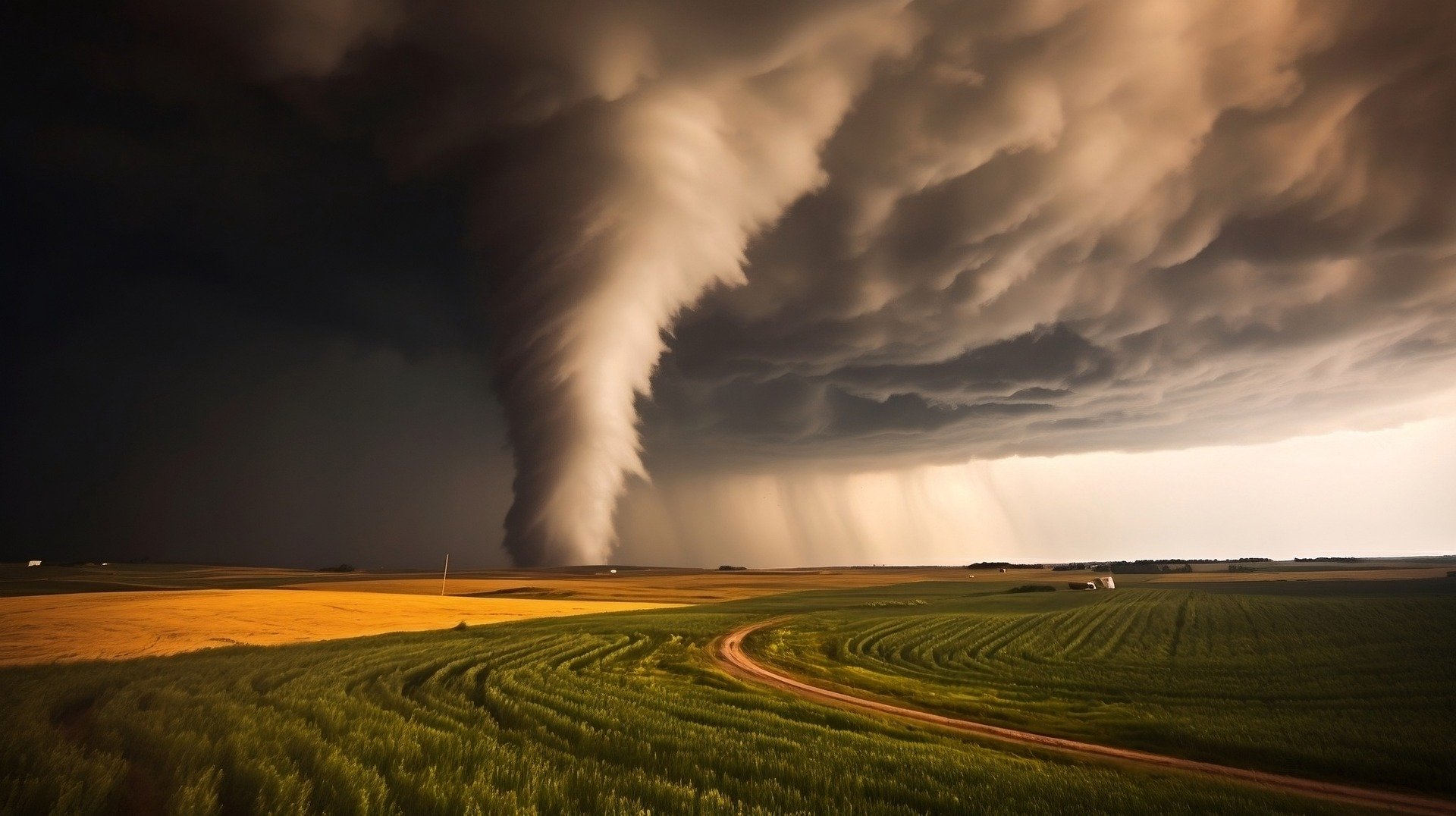Tornadoes are one of nature's most awe-inspiring yet terrifying phenomena. They can strike suddenly and wreak havoc within moments, leaving destruction in their wake. In regions prone to tornadoes, staying informed and prepared is crucial. This is where tornado watches come into play. In this blog, we'll delve into what tornado watches are, how they differ from warnings, and what steps you can take to stay safe when one is issued.
What is a Tornado Watch?
A tornado watch is issued by the National Weather Service (NWS) when weather conditions are favorable for the development of tornadoes. It typically covers a large area and can last for several hours. During a tornado watch, it's essential to stay vigilant and be prepared to take action if necessary.
Key Characteristics of a Tornado Watch:
- Weather Conditions: Tornado watches are issued based on atmospheric conditions conducive to tornado formation. These conditions often include warm, moist air colliding with cooler, drier air, along with strong wind shear.
- Geographical Area: Tornado watches cover a broad geographical area, sometimes encompassing multiple counties or states. This is because tornadoes can develop and move rapidly, making it necessary to alert residents across a wide area.
- Duration: Tornado watches typically last for several hours, although the exact duration can vary depending on the situation. It's essential to stay updated on the latest weather forecasts and be prepared to take action if a tornado warning is issued.
How is a Tornado Watch Different from a Tornado Warning? It's crucial to understand the distinction between a tornado watch and a tornado warning:
- Tornado Watch: A tornado watch means that conditions are favorable for tornado formation, but no tornadoes have been spotted yet. During a tornado watch, you should stay informed and be prepared to take shelter if necessary.
- Tornado Warning: A tornado warning is more serious and indicates that a tornado has been spotted or detected by radar. When a tornado warning is issued for your area, you should take immediate action to seek shelter and protect yourself from the approaching storm.
Safety Tips During a Tornado Watch:
- Stay Informed: Keep a weather radio or smartphone handy to receive updates from the National Weather Service. Stay tuned to local news channels for the latest information and developments.
- Have a Plan: Develop a tornado safety plan for you and your family. Identify a safe shelter in your home, such as a basement or interior room on the lowest floor, away from windows.
- Emergency Kit: Prepare an emergency kit with essential supplies, including water, non-perishable food, a flashlight, batteries, and a first aid kit.
- Stay Alert: Keep an eye on the sky and be aware of changing weather conditions. If you see dark, rotating clouds or hear a roaring sound, take shelter immediately.
Tornado watches serve as a critical early warning system, allowing residents in tornado-prone areas to prepare and take necessary precautions. By understanding the characteristics of tornado watches, knowing how they differ from tornado warnings, and following safety tips, you can increase your chances of staying safe when severe weather strikes. Remember, it's always better to be prepared than caught off guard when it comes to tornadoes. Stay informed, stay alert, and stay safe.













